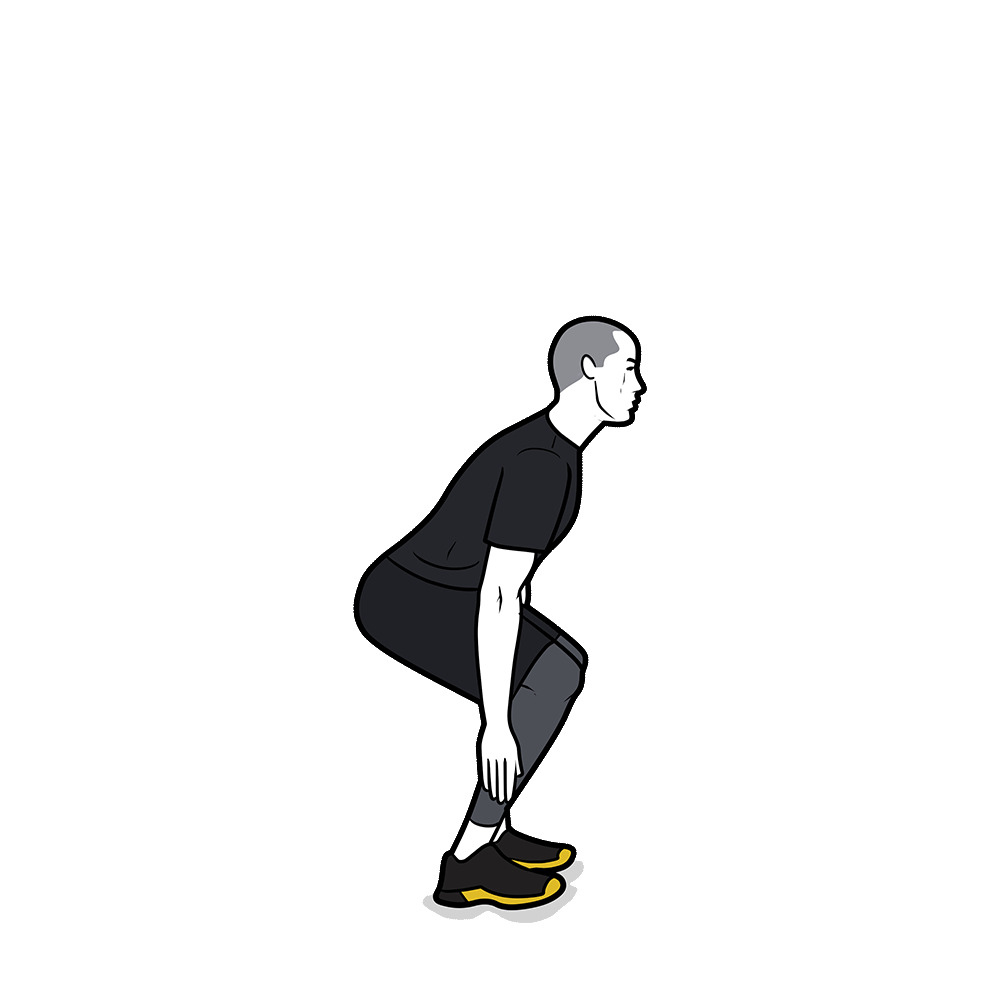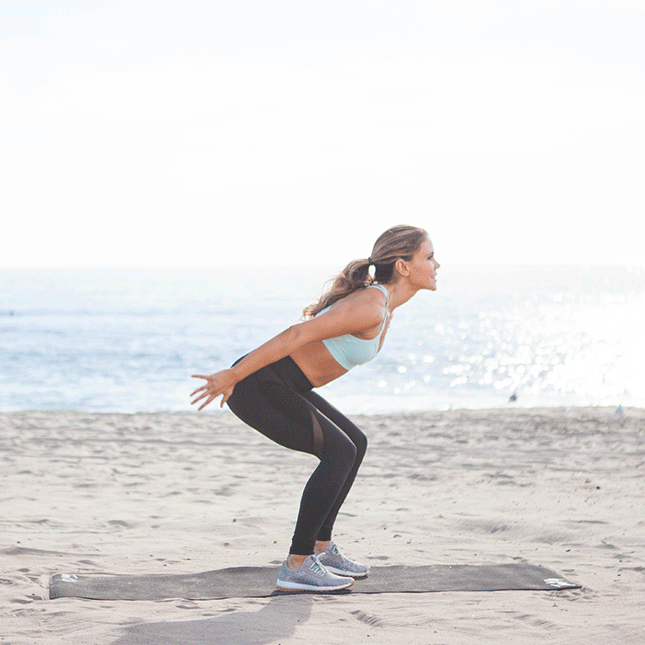

Therefore, practitioners can objectively determine if and, more importantly, how the athlete is moving inefficiently. Curv empowers practitioners to quantify how someone coordinates their vertical jump in near real-time. Therefore, one's poor jumping technique, and not the capacity of their lower extremity musculature, may influence the inferences made about their athletic potential or fitness level if solely evaluating jump height. However, this coordination strategy can be challenging to observe visually.įurthermore, coordination strategies (such as the proximal-to-distal coordination of segments) might need to be taught, either explicitly via instruction and feedback or implicitly with exercise selection, by the practitioner. Utilizing a proximal-to-distal coordination strategy is also critical to maximizing energy transfer from the trunk, hip, and thigh musculature down to the ankle and ground (2,8,15). Second, relatively easy-to-visualize factors, such as using an arm swing (10) or countermovement (5), will impact one's maximum jump height. This coordination data is valuable as it offers a straight-forward solution to determine if someone is "cheating" their vertical jump test. What Metrics Do We Look At? Why are they important? What do they tell us?Ĭurv can provide relevant information about how someone coordinates a vertical jump. Thus, it provides a more accurate representation of one's maximum jump height. By eliminating the constraint of the wall, athletes can jump freely. After adjusting the rod's initial height, people then jump and touch the "vanes" (blades attached 0.5 inches apart) to assess their jump height. However, a rod system is used instead of a ruler mounted to a wall. It functions similarly to the wall test in that you subtract the one's standing reach from their jumping reach. Most sporting combines instead use a Vertec™ to assess jump height to address the abovementioned limitations. A limitation of this approach is that the athlete is not "free" to jump as they would naturally in their sport since a wall constrains how they can move. The person's standing reach height is then subtracted from their jumping reach height to compute vertical jump height.

Third, the person performs a vertical jump and touches the ruler as high as possible to determine their jumping reach height. Second, the person raises their arm to measure their standing reach height.


First, the assessor mounts a ruler to the wall. The cheapest alternative to assess vertical jump performance was likely how you measured it in high school gym class. Practitioners have used several tools in the past to assess vertical jump performance. How Were Vertical Jump Assessments Conducted in the Past?
#TUCK JUMPS GIF FULL#
For example, the Landing Error Score System (LESS) (11) summarizes coordination strategies that may increase one's risk of sustaining a non-contact ACL injury ( click here for full list). In addition to identifying inefficiencies, how someone moves also yields insight into one's risk of sustaining an injury. It can also discriminate between drafted and undrafted players in the NBA (3).įurthermore, how someone moves during a vertical jump is also of interest to exercise professionals. Maximum jump height is related to one's future success in the NFL(9,14). This metric provides a proxy of one's ability to quickly produce large forces in a functional context relevant to various sports. However, two main characteristics are usually of great interest: athletic potential and injury risk.Īssessing maximum jump height is commonly used to evaluate one's athletic potential. There are a variety of reasons that practitioners may be interested in assessing vertical jumps. Vertical jumps, and their derivatives, are a commonly used assessment for exercise professionals.


 0 kommentar(er)
0 kommentar(er)
